Xu and his collaborators examined a longitudinal sample of regional data from the United States between 1994 and 2016 and published their findings in the Academy of Management Journal.
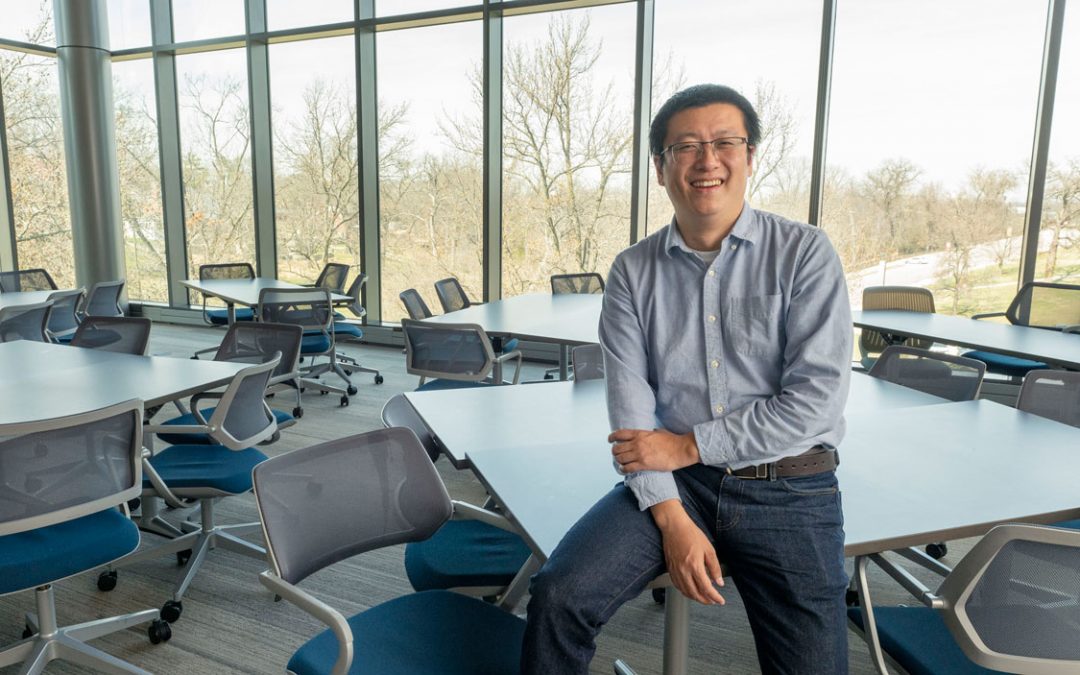
Search Filters

Xu and his collaborators examined a longitudinal sample of regional data from the United States between 1994 and 2016 and published their findings in the Academy of Management Journal.
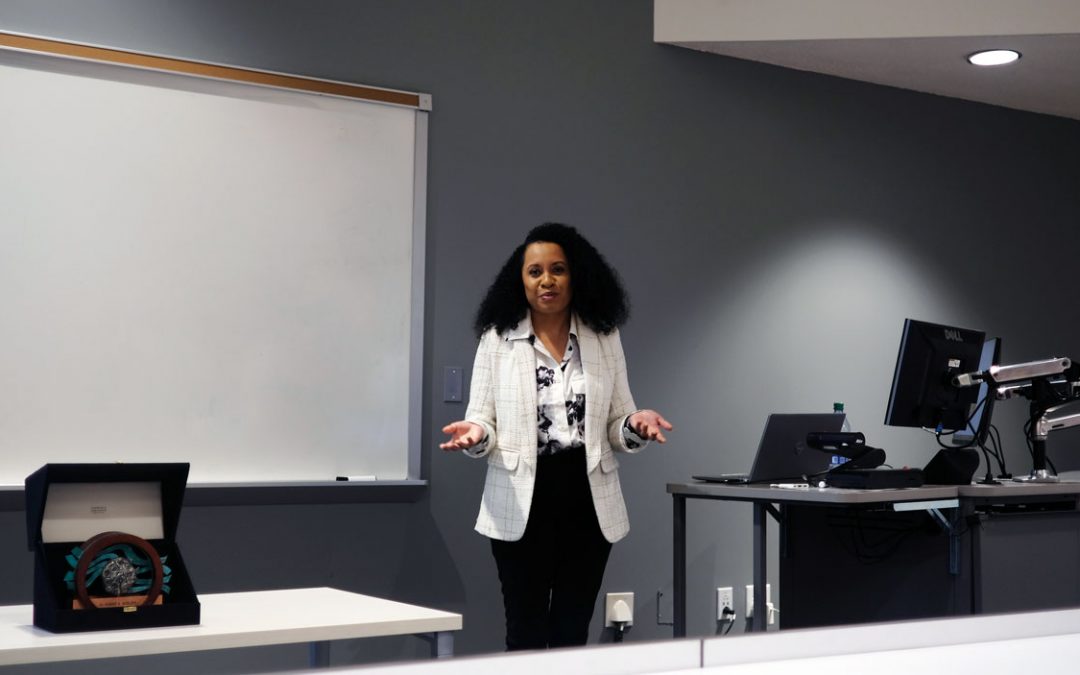
Speakers included Samoa Asigau, Christina Baer, Danielle Lee and Eliot Miller, who touched on topics ranging from biotechnology to ornithology.
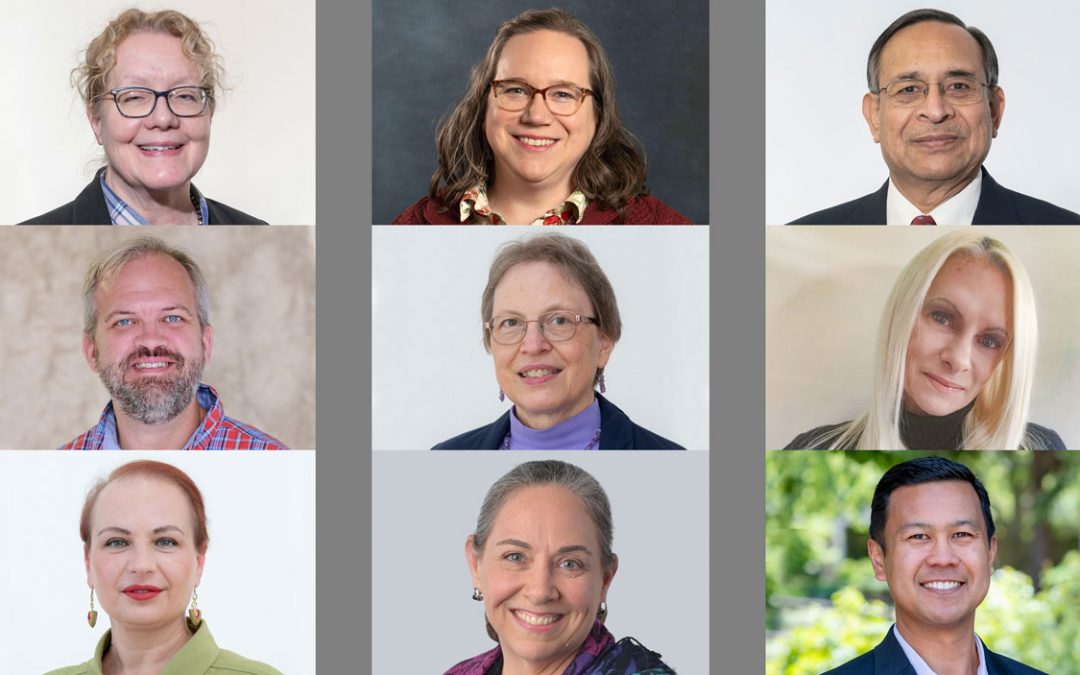
Sharlee Climer, Aimee Dunlap, Kailash Joshi, Trey Kidd, Lynda McDowell, Jennifer Siciliani, Alina Slapac, Ann Steffen and Adriano Udani have been granted time to devote to research or course development.
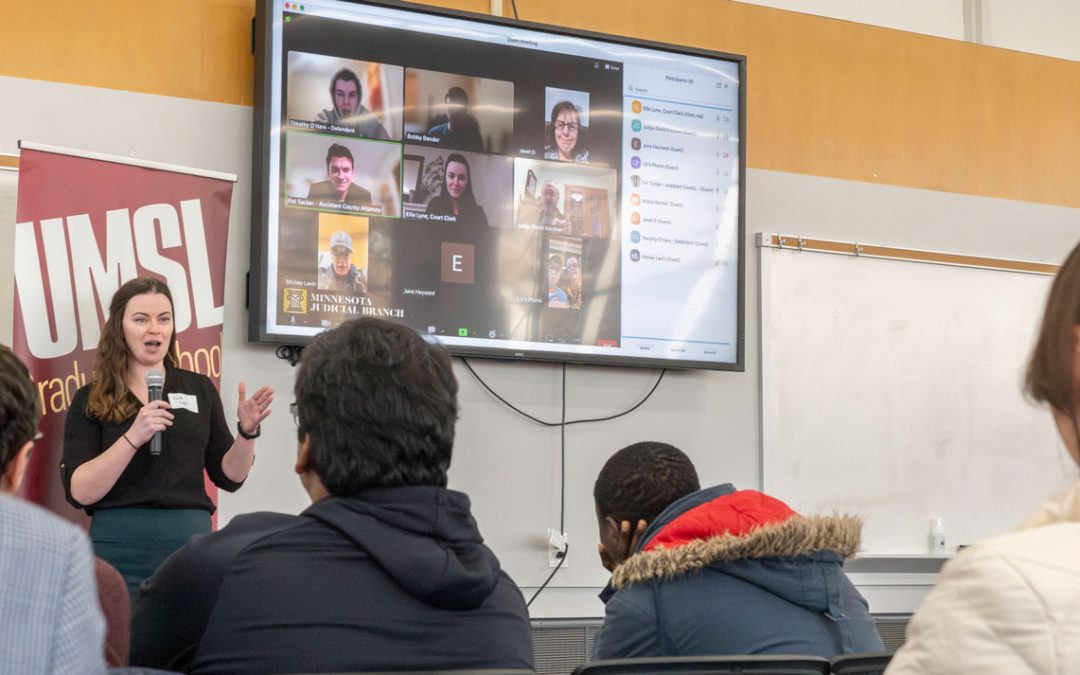
The annual competition is meant to celebrate doctoral research while cultivating academic, presentation and research communication skills among students.
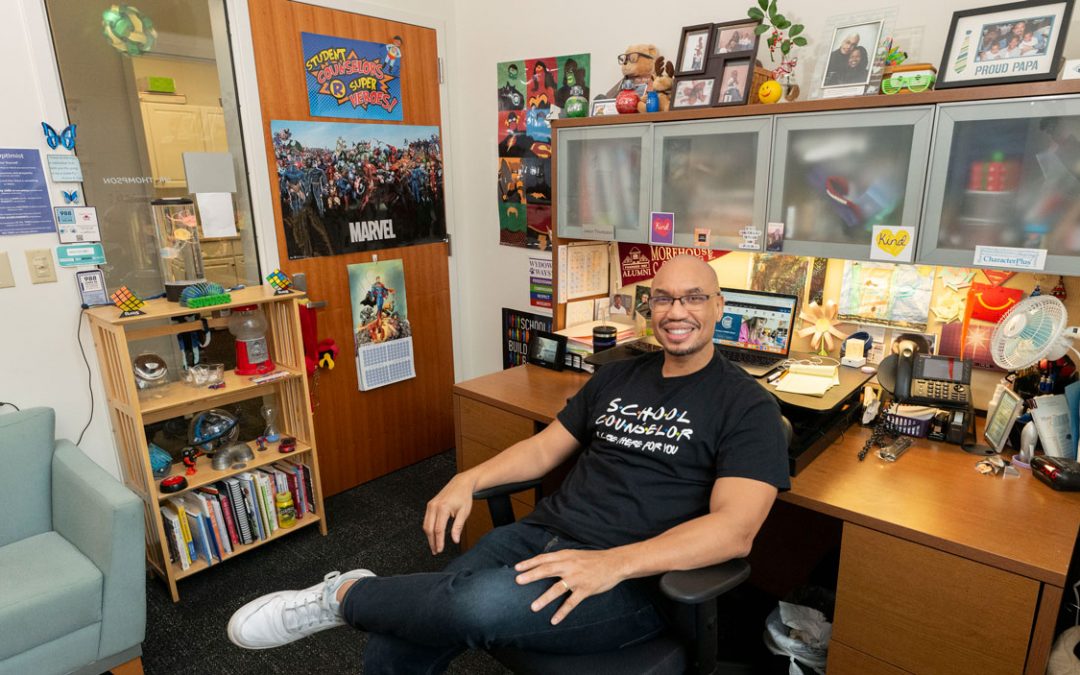
The three-day virtual event aims to address challenges faced by school counselors in providing support to students in a rapidly changing world.
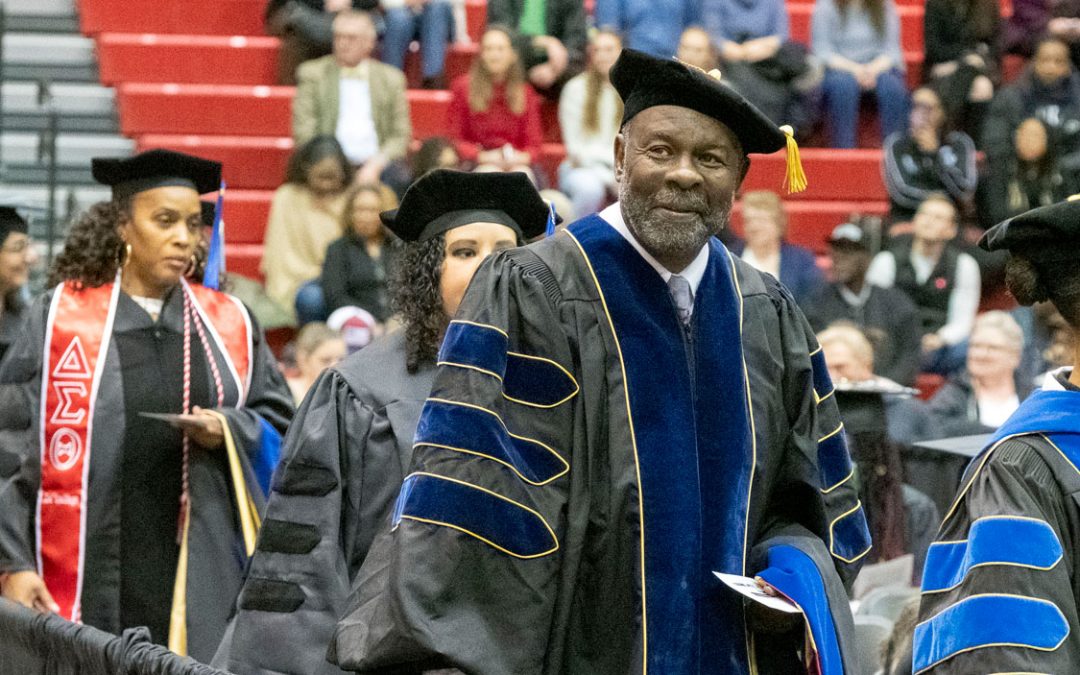
Diggs’ doctoral research focused on the unintended consequences of the Supreme Court’s Brown v. Board of Education decision.
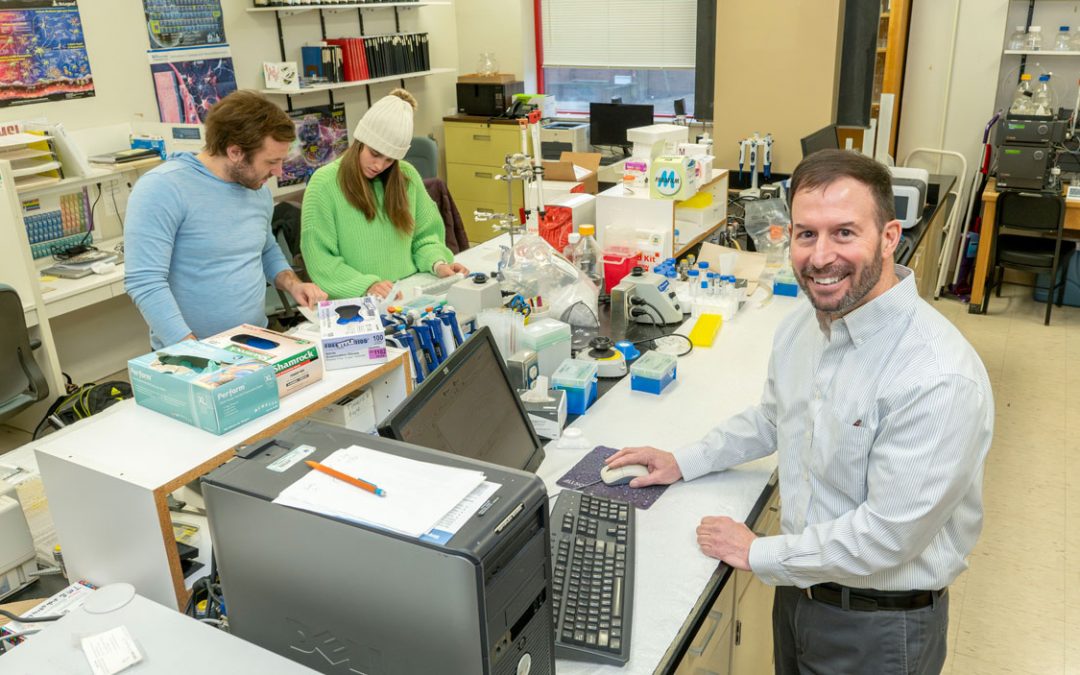
Nichols received a $459,279 grant from the National Institute of General Medical Sciences to study the mechanisms of NLRP3 inflammasome activation.
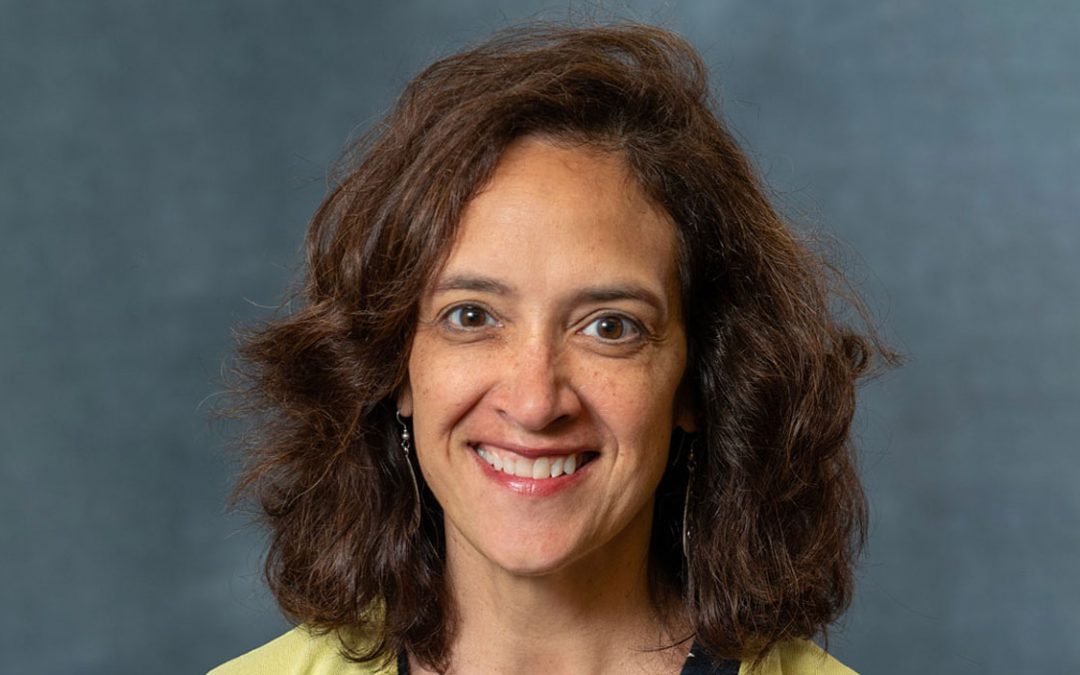
Bertram, a faculty member in the College of Nursing, has focused much of her research and clinical work on the mental health outcomes of children and adolescents in foster care.
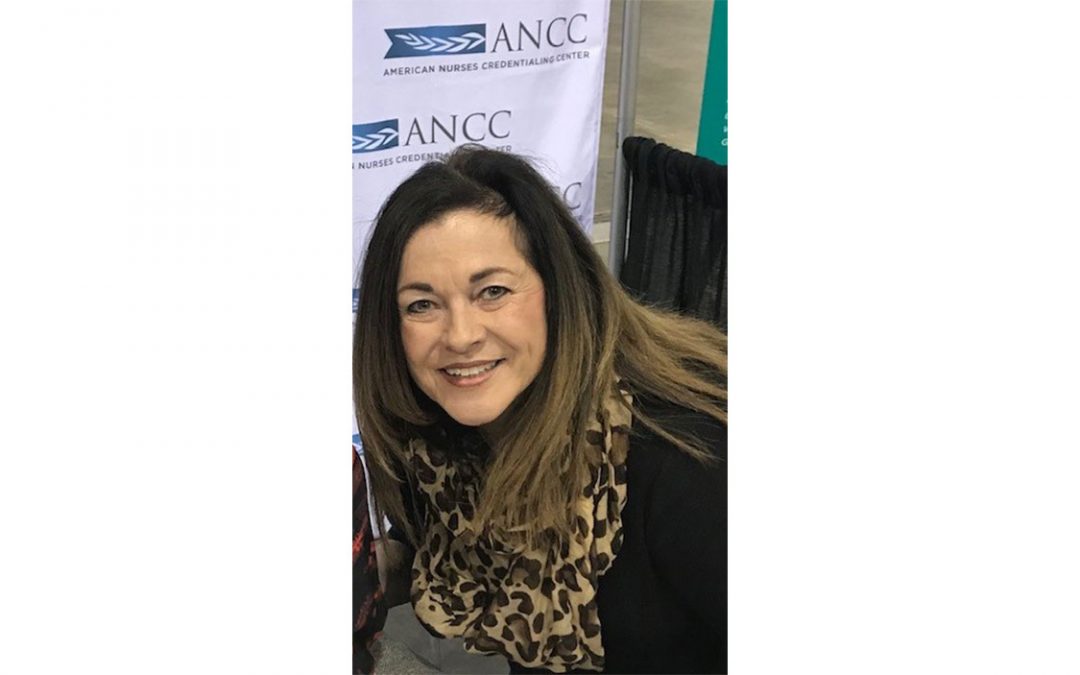
Falcone’s PhD research focused on adverse event reporting, including a comprehensive review of literature on the topic published in the Journal of Patient Safety.
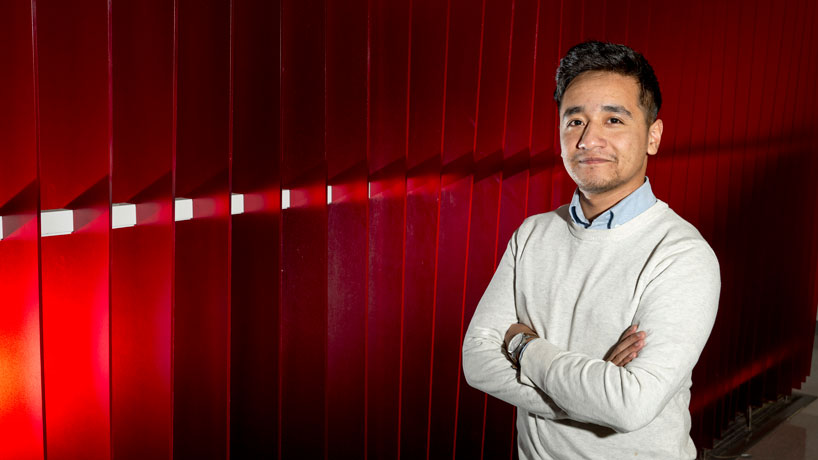
Prajapati was active in the Physics Club and Student Government Association and received his degree with distinction for his research on comets with Professor Erika Gibb.